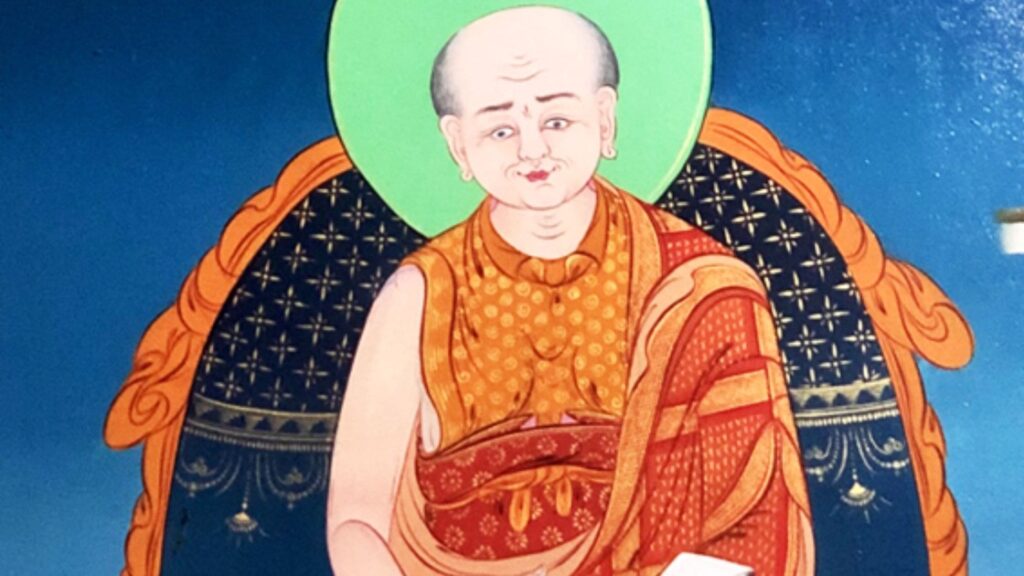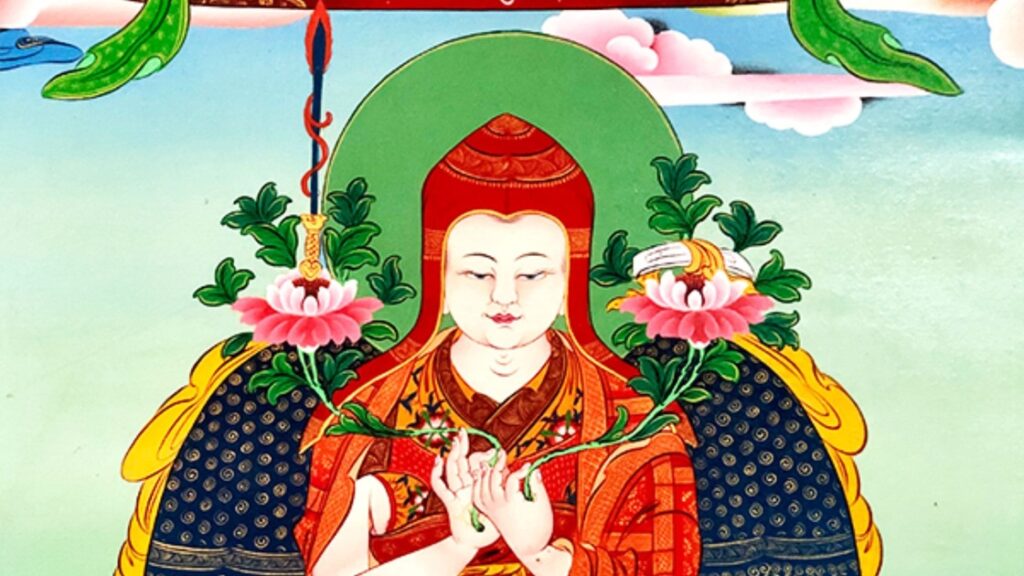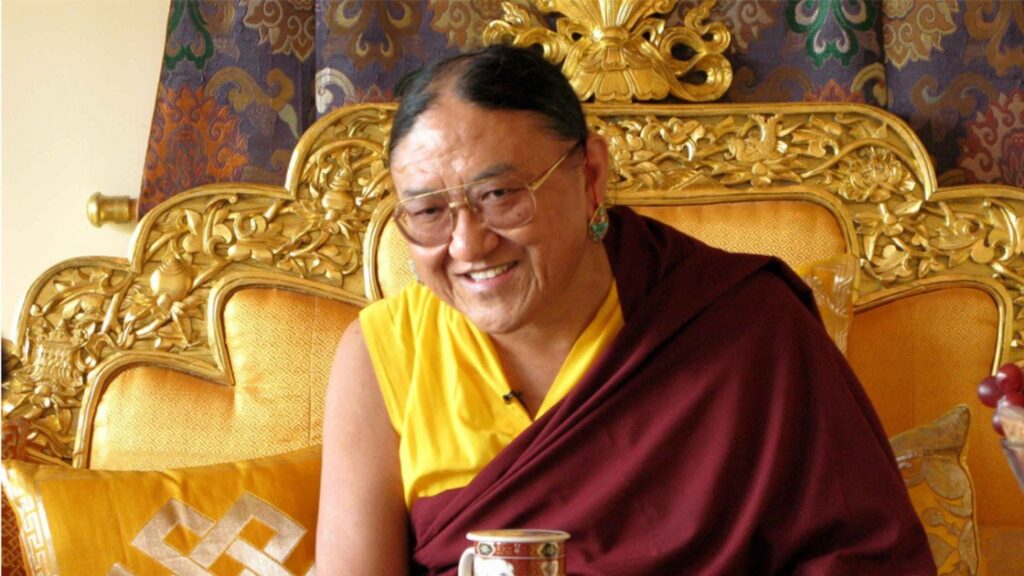+86-15889090408
[email protected]
Tibetan Buddhism is a rich and profound spiritual tradition that encompasses various lineages, each with its unique teachings and practices. One such lineage is the Sakya lineage, which holds a significant place in the tapestry of Tibetan Buddhist history. In this blog post, we will delve into the origins, key figures, and distinctive characteristics of the Sakya lineage.

The Sakya lineage traces its roots back to the 11th century when the great Tibetan translator, Khön Könchok Gyalpo, established the Sakya Monastery in the Sakya region of Tibet. The name “Sakya” translates to “pale earth,” referring to the unique pale grayish soil found in the region. The Sakya Monastery became the seat of the Sakya tradition and played a pivotal role in the preservation and dissemination of Buddhist teachings.
The Sakya lineage is renowned for its lineage holders, who have contributed immensely to the development and propagation of Tibetan Buddhism. Here are some of the key figures within the Sakya lineage:

Within the Sakya lineage of Tibetan Buddhism, there are two main houses that have played a significant role in the preservation and transmission of its teachings. These two houses are the “Ngor” and “Tsar” houses, each with its distinct lineages, practices, and contributions to the Sakya tradition.
The Ngor House, also known as the Ngor Monastery, was founded in the 15th century by Ngorchen Kunga Zangpo. It is located in the Ngor region of Tibet and has been a center for learning and practice within the Sakya lineage. The Ngor House is renowned for its emphasis on scholarship, ritual practices, and the study of Buddhist philosophy.
Ngorchen Kunga Zangpo was a highly accomplished master who systematized the teachings of the Sakya lineage and composed numerous texts on various subjects, including philosophy, meditation, and ritual practices. His works continue to be studied and revered by practitioners within the Sakya tradition.
The Ngor House is known for its unique ritual practices, particularly the Vajrakilaya practice, which is a powerful tantric practice aimed at removing obstacles and purifying negative energies. The Ngor House has also contributed significantly to the preservation and dissemination of Buddhist scriptures, art, and iconography.
The Tsar House, also known as the Tsar Monastery, was founded in the 14th century by Tsarchen Losal Gyamtso. It is located in the Tsar region of Tibet and has been a center for meditation and spiritual practice within the Sakya lineage. The Tsar House is renowned for its emphasis on meditation, yogic practices, and the realization of the nature of the mind.
Tsarchen Losal Gyamtso was a highly realized master who emphasized the practice of Mahamudra, a profound meditation technique that aims to directly realize the nature of the mind. His teachings on Mahamudra and other advanced meditation practices have had a profound impact on the Sakya lineage.
The Tsar House is known for its unique meditation practices, including the Six Yogas of Naropa, which are advanced yogic practices aimed at transforming the subtle energies of the body and mind. The Tsar House has also contributed to the preservation and transmission of oral instructions and experiential teachings within the Sakya tradition.
Both the Ngor and Tsar houses have made significant contributions to the Sakya lineage, enriching its teachings and practices. While the Ngor House emphasizes scholarship, ritual practices, and the study of Buddhist philosophy, the Tsar House focuses on meditation, yogic practices, and the realization of the nature of the mind. Together, these two houses have played a vital role in preserving and transmitting the profound wisdom of the Sakya lineage to future generations.
In conclusion, the Ngor and Tsar houses within the Sakya lineage of Tibetan Buddhism represent two distinct branches that have contributed to the richness and diversity of the tradition. Each house has its unique lineages, practices, and contributions, all aimed at guiding practitioners on the path to awakening and liberation.

The Sakya lineage encompasses a vast array of teachings and practices, covering both sutra and tantra. The lineage places great emphasis on the Lamdre teachings, which are considered the heart essence of the Sakya tradition. Lamdre teachings provide a comprehensive path to enlightenment, integrating both sutra and tantra practices.
In addition to the Lamdre teachings, the Sakya lineage is renowned for its profound teachings on deity yoga, meditation, and the Six Yogas of Naropa. These practices aim to purify the mind, cultivate wisdom, and awaken the innate potential within each individual.
Today, the Sakya lineage continues to thrive under the guidance of the Sakya Trizin, the throne holder of the Sakya tradition. The Sakya Trizin is considered the spiritual head of the lineage and plays a vital role in preserving the teachings, bestowing empowerment, and guiding practitioners on the path.
Sakya monasteries and centers can be found not only in Tibet but also in various parts of the world. These centers serve as hubs for study, practice, and the dissemination of the profound wisdom of the Sakya lineage.
The Sakya lineage of Tibetan Buddhism stands as a testament to the rich spiritual heritage of Tibet. With its deep-rooted history, esteemed lineage holders, and profound teachings, the Sakya lineage continues to inspire and guide countless practitioners on their spiritual journey. Whether one is drawn to the Lamdre teachings, deity yoga, or the wisdom of the lineage masters, the Sakya tradition offers a wealth of transformative practices that can lead to profound awakening and liberation.